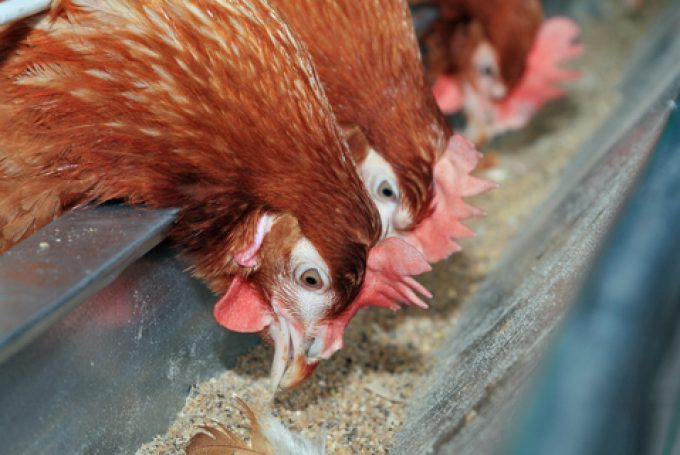US intermodal picking up steam as trucking woes continue
After a long trough of sluggish performance, US intermodal traffic is growing, and the market ...

For the second time in seven months the US Surface Transportation Board (STB) has issued an emergency service order to rail operator Union Pacific (UP) to deliver urgently needed feed after delays were putting the lives of millions of chickens and thousands of cattle at risk.
Foster Farms, one of the biggest US poultry producers which processes about a million chickens every day, as well as turkeys and cattle, filed a petition for an emergency service order on 29 December, citing “substantial, ...
Maersk u-turn as port congestion increases across Northern Europe
Maersk Air Cargo sees volumes fall as it aims for 'margin in favour of revenue'
Keep our news independent, by supporting The Loadstar
Container spot rates diverge: to Europe still falling, but firmer to the US
Hapag-Lloyd won't take bookings if port congestion leaves cargo stranded
Ecommerce likely the front-runner in resurge of transpacific trade after deal
Containership charter market feels the ripples from trade tensions
Airfreight players eye new routes as demand on the transpacific nosedives

Comment on this article